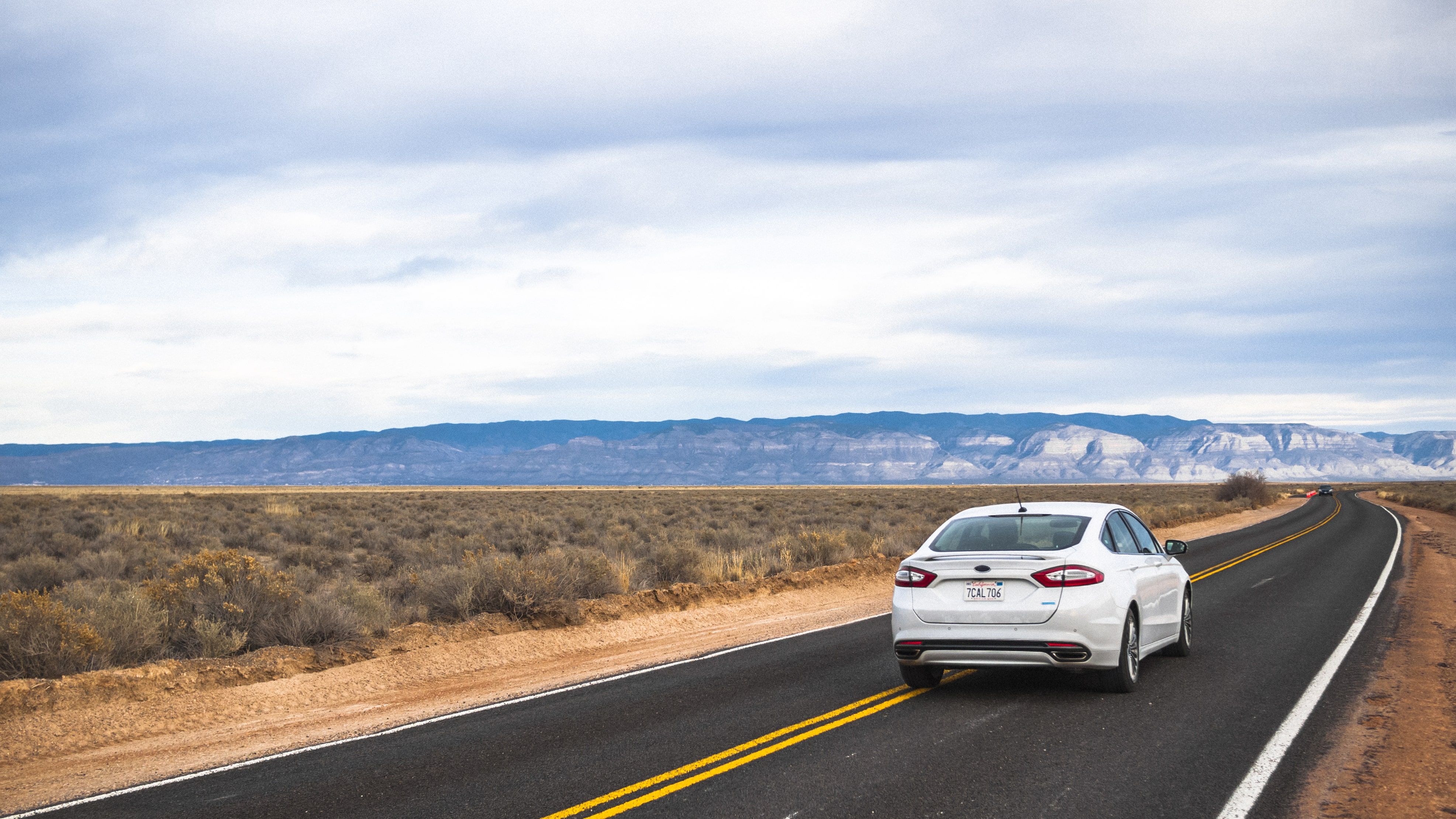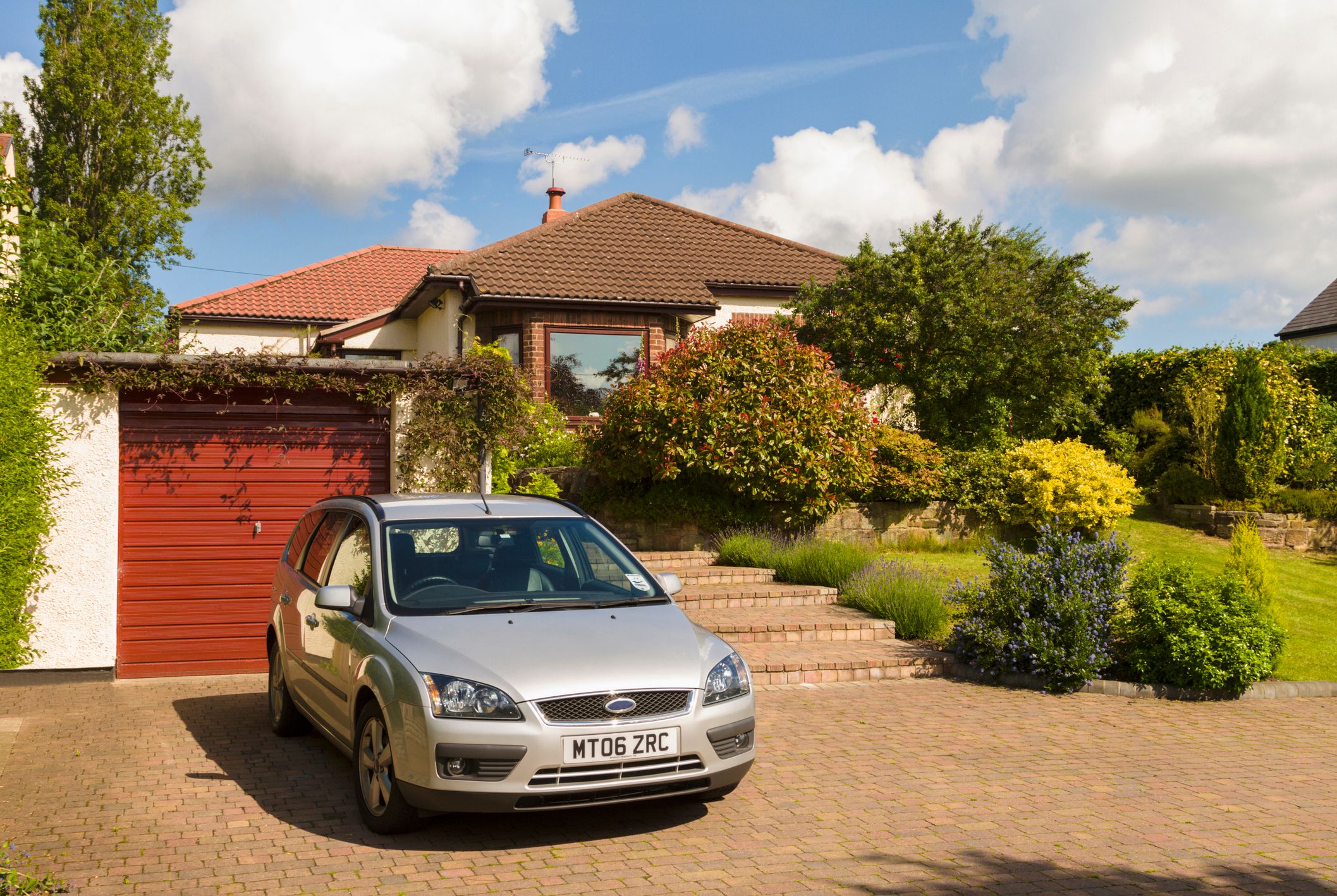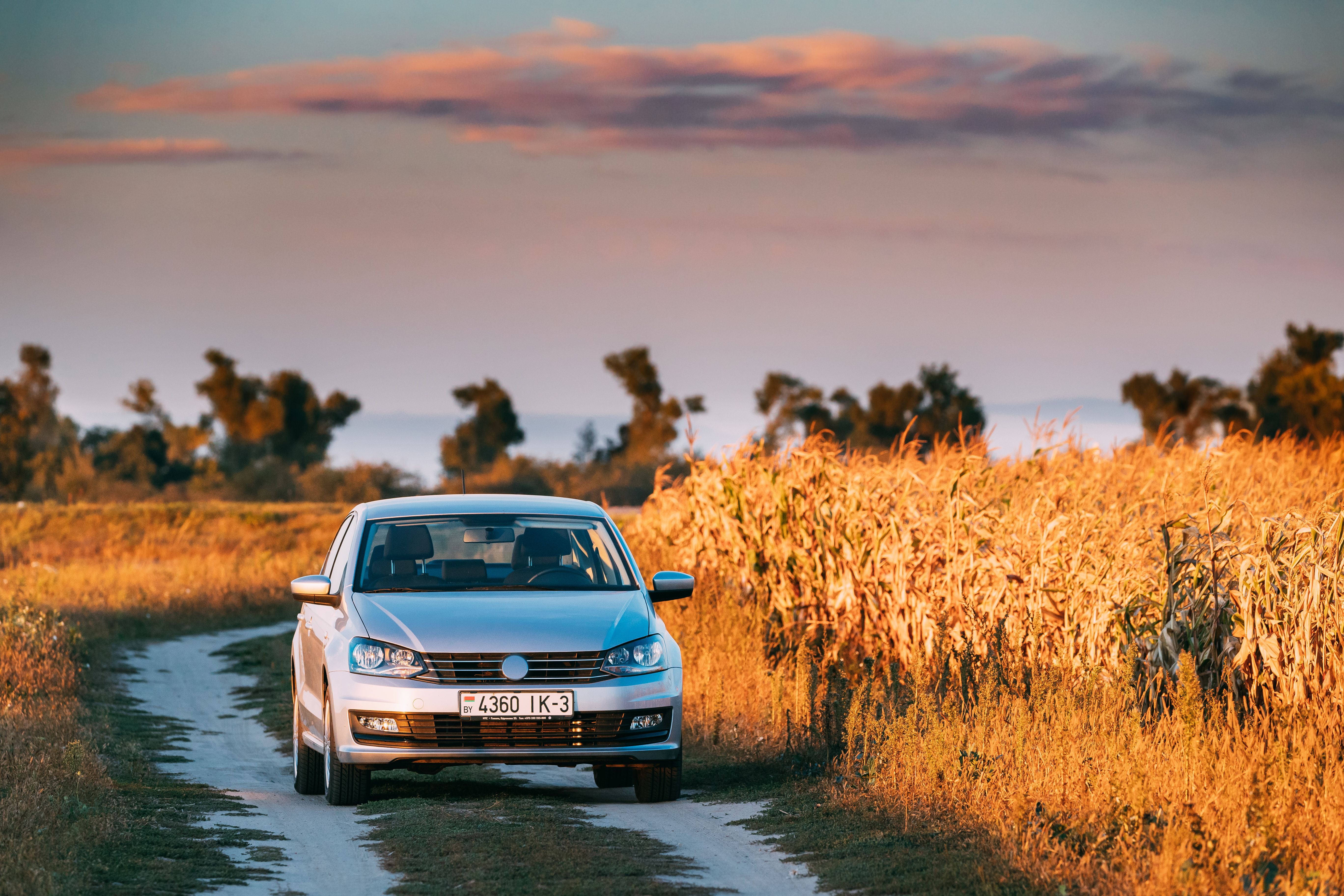Secure Your Car With The Super Car Insurance Plan!
Believe it or Not! Save upto* 75% on TATA AIG Car Insurance
Secure Your Car With The Super Car Insurance Plan!
Believe it or Not! Save upto* 75% on TATA AIG Car Insurance
Manual & Automatic Car Gearbox
- Author :
- TATA AIG Team
- ●
- Last Updated On :
- 30/05/2024
When driving a car, or any vehicle, shifting gears is second nature. It helps the car speed up or slow down and is primarily done using a car gearbox. A car gearbox is an essential mechanical component that is used anytime the car is in motion.
Without the gearbox used in cars, reaching or maintaining a variable speed would not have been possible. Since it is one of the more complex components of a car, in this blog, we will be explaining what a gearbox is, how it works, its functions and types.
What is a Car Gearbox?
A car gearbox, also known as the transmission, helps to transfer power from the engine to the car wheels through different gear ratios. Gear ratios here essentially mean the numbers displayed on the gear shift.
These gear ratios ensure the car can overcome resistance at any speed by simply changing gears and providing the necessary torque. A car requires a large amount of torque to move from a standstill, and the car gearbox helps to facilitate this.
The first gear in a gearbox used in cars or any other vehicle offers the lowest speed and the highest torque. The last gear (5th or 6th) offers the highest speed but the lowest torque.
Parts of A Car Gearbox
- Clutch Shaft: The clutch attaches the clutch shaft to the engine and other components. Simply put, the clutch shaft carries the power from the engine to the gearbox via the clutch. So when engaging the clutch, the clutch shaft begins to rotate. The clutch shaft is also known as the drive shaft.
- Counter Shaft: The counter shaft connects to the input shaft and consists of a gear that links with the input shaft and the main shaft. The counter shaft rotates at the same speed as the engine or lower speed, depending on the gear ratio used.
- Main Shaft: Also known as the output shaft, it rotates at various speeds and is responsible for the varying amount of torque produced.
- Bearings: These facilitate rotation and reduce friction.
- Gears: Gears transmit torque from one shaft to another. The torque produced by each gear relies on the number of teeth each gear has and the gear sizes.
- Gear Fork: Gear selector forks engage and disengage the gears. It slides the gear along the shaft to link with other gears.
Car Gearbox Types
Manual Transmission: It is the responsibility of the driver to shift gears to change the speed and torque of the car by manually engaging the clutch.
Automatic Transmission: For automatic vehicles, the internal transmission adjusts the gears automatically the driver accelerates or decelerates the car.
Manual Car Gearboxes
Manual gearboxes are positioned between the engine and the clutch. The process of switching gears can vary slightly depending on the gearbox itself, but the overall process is the same:
When the driver engages the clutch, the engine and transmission temporarily separate to allow the driver to move the gear stick.
After this, the selector rod for whichever gear was selected puts the correct mechanism in motion. For example, if the driver puts the car in second gear, the collar located between the first and second gear is made to mesh with the second gear.
When the clutch is released and the accelerator is engaged, the car begins to move.
Each gear has its own wheel, a metal plate with teeth that mesh together when engaged. This includes the reverse gear. When the car is in neutral, the torque can not be transferred from the transmission to the car’s engine, so it can not move.
Typically, larger gears provide more torque and lower speeds, and smaller gears provide higher speeds and lower torque. So the first gear would be the largest, and the final gear would be the smallest.
Overall manual car gearboxes are more affordable, low maintenance, and provide good mileage. However, they can be a little challenging for newer drivers to master, especially when shifting gears over steep inclines.
Automatic Car Gearbox
Automatic cars or vehicles don’t require any manual intervention when shifting gears, so automatic transmission cars don’t have a clutch. Here the driver simply has to push down on the accelerator or the brakes to control the car. The speed and torque are controlled automatically.
Automatic car gearboxes are easier to use but are more complex and expensive to maintain and repair. So car gearbox costs for automatic vehicles are typically high, and they also use different car gearbox types depending on the car model.
- Types of Automatic Gearbox Used In Cars
- Automated Manual Transmission (AMT): The AMT gearbox uses electronic sensors and removes the manual effort of using a clutch. An AMT transmission is also popular as Clutchless Manual Transmission (CMT) or Semi-Automatic Transmission (SAT).
- Torque Converter Gearbox: It is an automatic gearbox used in cars that utilises a fluid coupling to transfer power from the engine to the gearbox. This is a traditional gearbox that isn’t used very often due to its poor fuel efficiency and high car gearbox cost.
- Continuously Variable Transmission (CVT): This car gearbox uses a pulley system and several intricate parts to shift between a preset range of gears. It is reliable, offers high fuel efficiency, and is commonly found in many Japanese cars like Hondas, Nissans, and Toyotas.
- Dual Clutch Transmission (DCT): It uses two clutches to shift gears, as the name suggests. This gearbox in cars offers optimum performance as it allows for quicker and smoother gear shifts. DCT car gearboxes are used in sports and high-performance cars. In addition, brands like Skoda, Volkswagen, Audi, and many more are beginning to offer DCT cars under their rosters.
Car Gearbox Maintenance
Car gearboxes are complex mechanical components, so it is best to leave any repairs or rebuilds to the experts. Regardless of whether it is a manual or automatic transmission vehicle, any car gearbox maintenance or repairs are better left to professional services or garages.
This is because independent repairs or car gearbox maintenance attempts could cause the car to drive inefficiently or affect how much control the driver has over the vehicle when not done properly. This can lead to a mechanical breakdown or, in more severe cases, a car crash or an accident.
Any independent repairs or modifications will also not be covered under a car insurance policy.
How Much Does A Car Gearbox Cost?
Replacing, fixing, or making a gearbox for a car can be incredibly expensive. This is because they require a lot of complexity and precision to properly transmit power from the car’s engine.
If you need to fully replace your gearbox, the car gearbox price in India can vary depending on the service you use and your car’s make and model. However, it is rarely cheap. This goes for repairs and any maintenance costs as well.
In cases of second-hand or older cars more prone to mechanical failures, it is best to get insurance for four-wheelers that offer coverage for car gearbox costs. This way, you will not have to continually pay any recurring repair costs.
Does Insurance Cover Car Gearbox Damage?
Yes, most insurance providers offer car gearbox coverage under comprehensive car insurance policies with an engine protection cover for a slightly higher premium. You can estimate your premium amounts using our car insurance calculator.
An engine protection cover provides coverage for all costs involving the repair, maintenance, and replacement costs for a car gearbox.
However, this cover can only be claimed under these conditions:
If your car gearbox is damaged due to mechanical or electrical breakdowns, not from regular wear and tear.
Or damages acquired during accidents or collisions under circumstances that do not violate policy terms.
Conclusion
A car gearbox is an essential part of your car and is about as important as a car’s engine. Without it, your car will not be able to start and will be completely undrivable. Moreover, it is also an expensive piece of equipment.
So, if you have to replace it completely, consider getting comprehensive four-wheeler insurance to cover the costs so you won’t have to pay out of pocket.
Disclaimer / TnC
Your policy is subjected to terms and conditions & inclusions and exclusions mentioned in your policy wording. Please go through the documents carefully.



